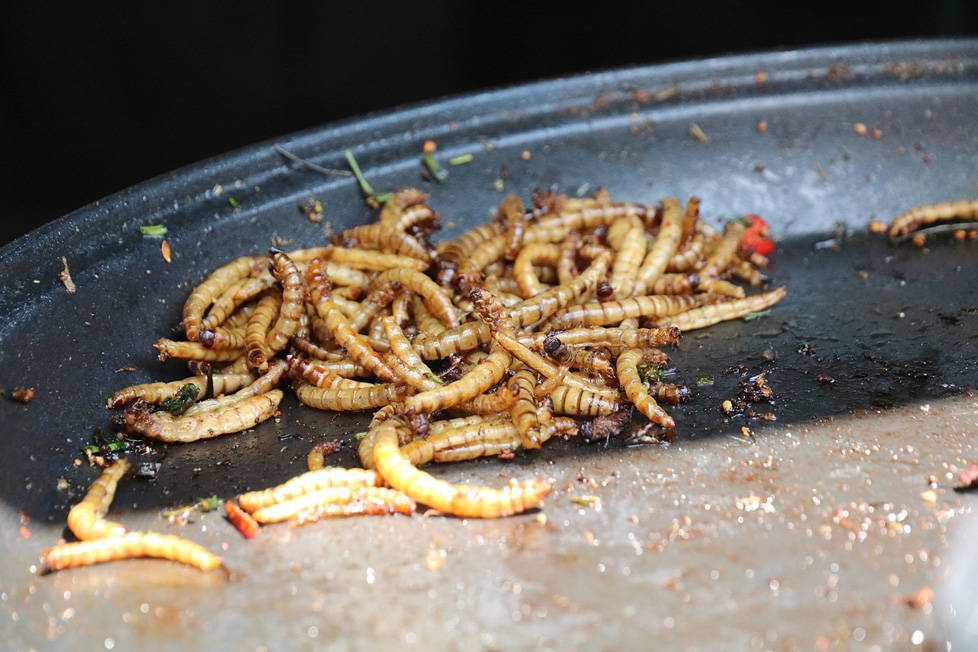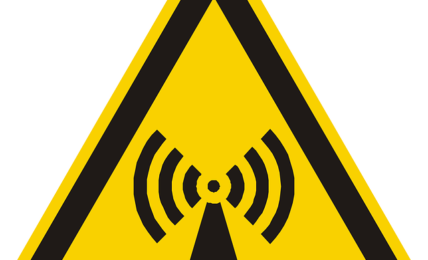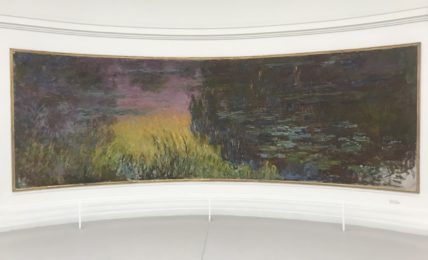Grillo, locusta o tenebrione mugnaio… Cosa mangio stasera? La CE autorizza il consumo di insetti
Con la decisione della Commissione europea di autorizzare il consumo alimentare del tenebrione mugnaio si ampliano le scelte alimentari dei cittadini europei. Attesa nei prossimi mesi l’approvazione di altre varietà di insetti.





